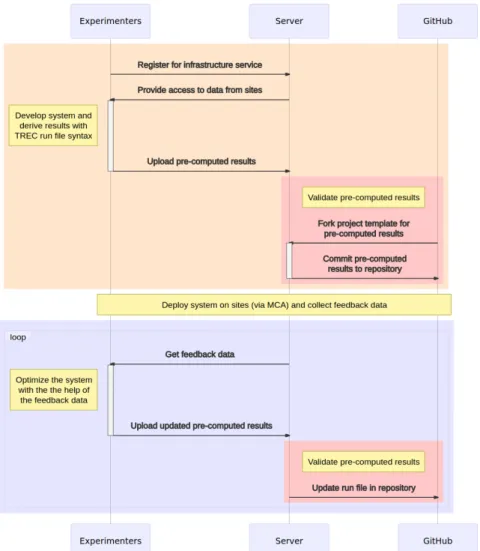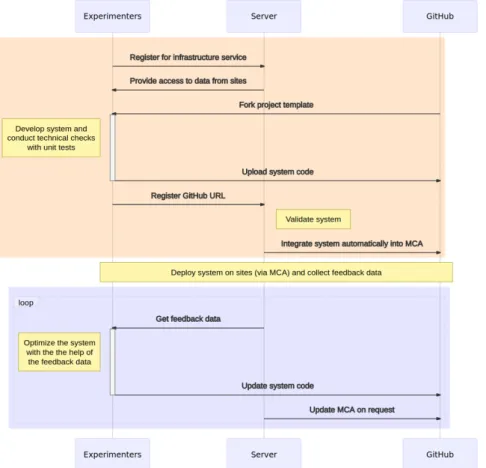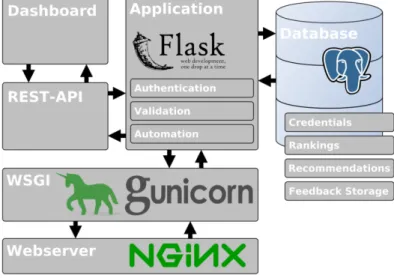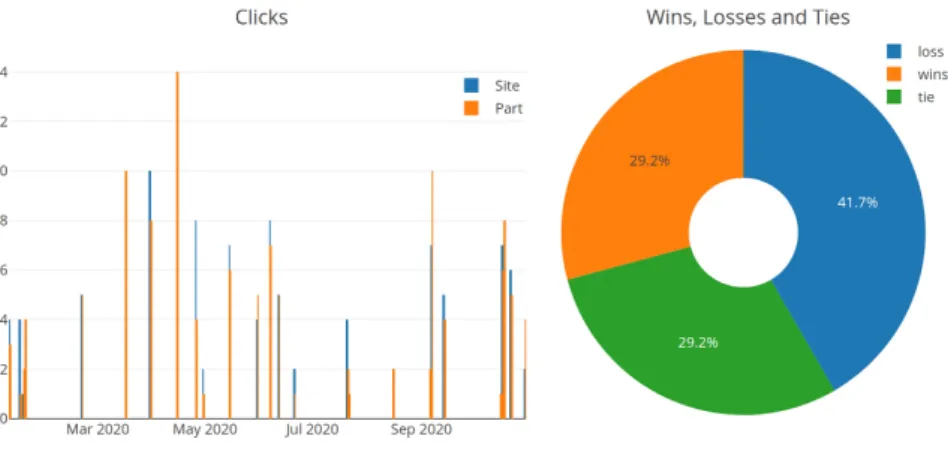ÄHNLICHE DOKUMENTE
Yet another US participant suggested that the real problem is not OPCON transfer, but the decision to roll up the Combined Forces Command; for South Koreans, that is the real
Compared to baselines that classify documents based on region and language only, we are able to reduce substantially the rate of query forwarding (from 0.65 to 0.04) without
A novel nucleotide building block for enzymatic synthesis of azide modified DNA and subsequent conjugation via Staudinger ligation was developed.. Many studies of complex
12 presents the mean daily cycle of Net Ecosystem Ex- change (NEE) for IOP1 (a) and IOP2 (b) as well as indi- vidual flux components contributing to NEE. As mentioned above,
White isolines show the relative flux contribution of the corresponding footprint area in 10 % intervals.. The outermost isoline indicates the area where 95 % of the flux is
Operation tends toward open shop. The staff is small. Programmer encompasses parts of positions called analyst, programmer, coder, ·op- erator. Methods of training
on-the-job. Two are recommended. Personnel quoted as programmers are considered to be programmer-analysts. More than one-third of these have been programming. We have
As lacta- cystin reduces the trypsin-like activity at high concentrations (22), we measured its effect on the proteasomal hydrolysis of the substrates Suc-LLVY-MCA



